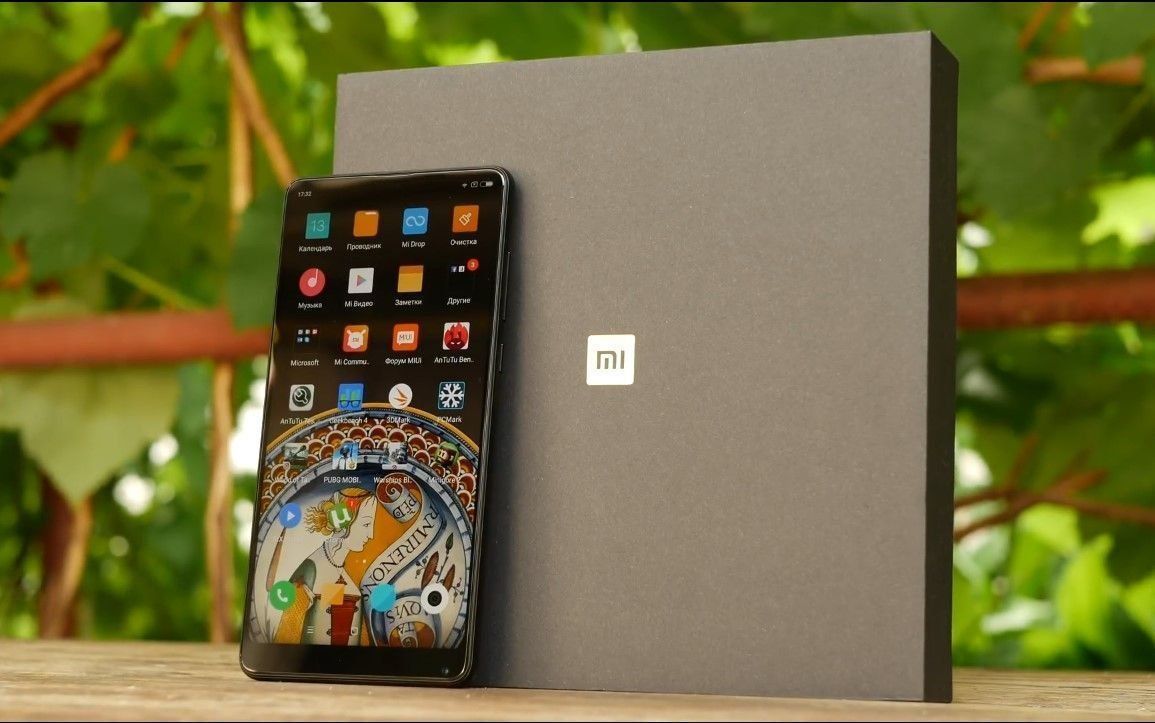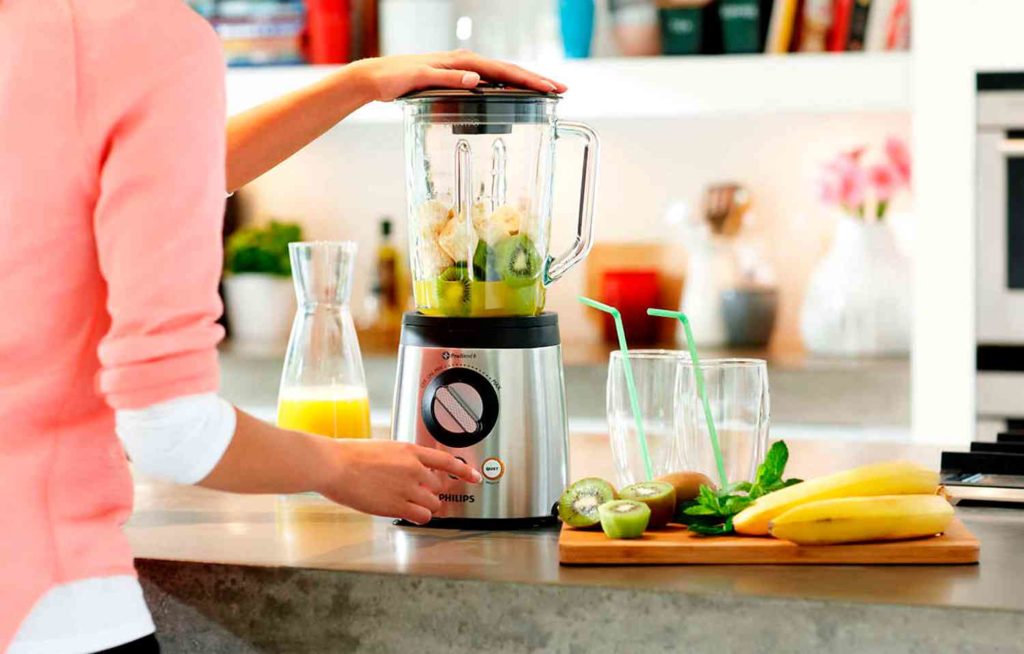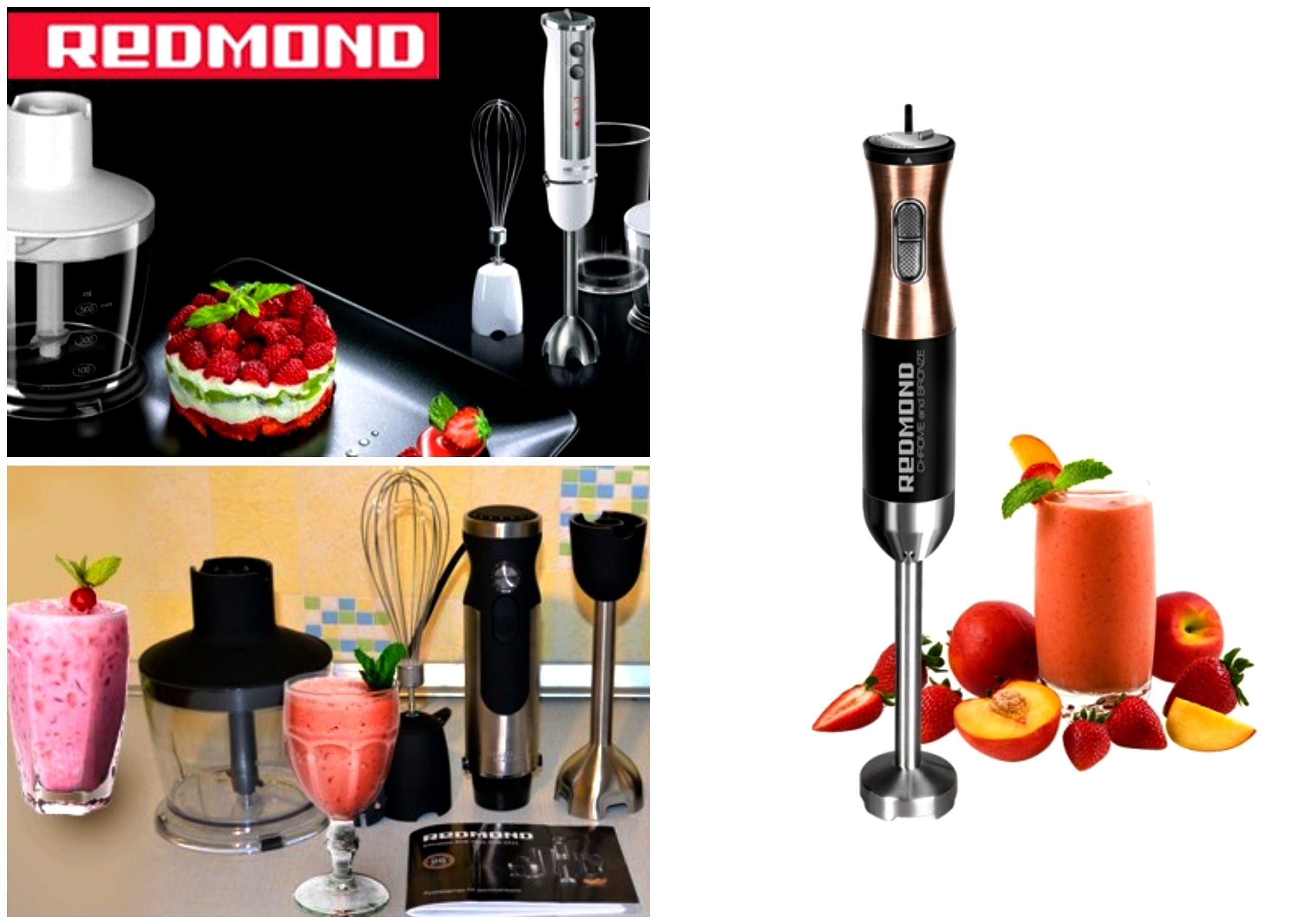Rating of the best ventilators for 2024
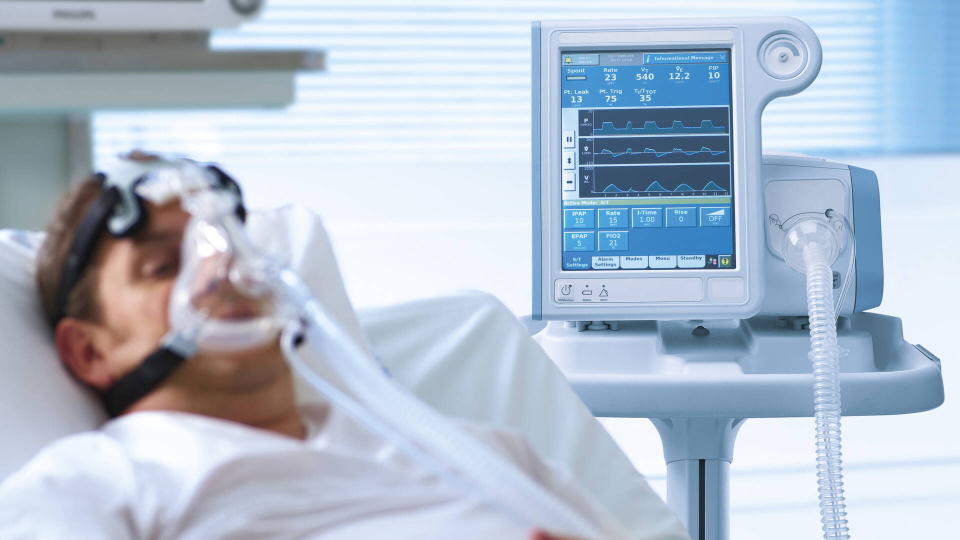
The need for special devices to support life with difficulty breathing has increased dramatically with the spread of the new type of coronavirus. According to the World Health Organization, a severe form of the disease affecting the lungs of a person was observed in about five percent of patients diagnosed with COVID-19. In such a situation, the patient often needs artificial ventilation to recover.

However, this caused an unhealthy stir. Despite warnings from the Russian Ministry of Health about the pointlessness of acquiring such equipment for private use, individuals began to purchase specialized devices for home use in case of coronavirus infection. At the same time, only doctors can make decisions on the need for artificial ventilation of the lungs, because pneumonia should be treated with the use of such devices in a complex manner with the use of various therapeutic technologies available in intensive care units or intensive care. Moreover, only experienced infectious disease specialists and resuscitators with special training are allowed for the treatment of coronavirus and maintenance of specific equipment.
What is it for and how it works
A device for artificial lung ventilation (IVL) is a medical device that provides compulsory breathing in the absence of it, lack of or difficulty in carrying it out naturally.

After connection, a gas mixture with sufficient oxygen content and maintaining the required cycle is supplied to the patient's lungs in the required volume. The breathing phases are switched according to the set parameters - ventilation time, volume, pressure and air flow to maintain spontaneous breathing.
Connection methods:
- invasive - feeding the mixture using an endotracheal tube, which is inserted into the tracheostomy or airway;
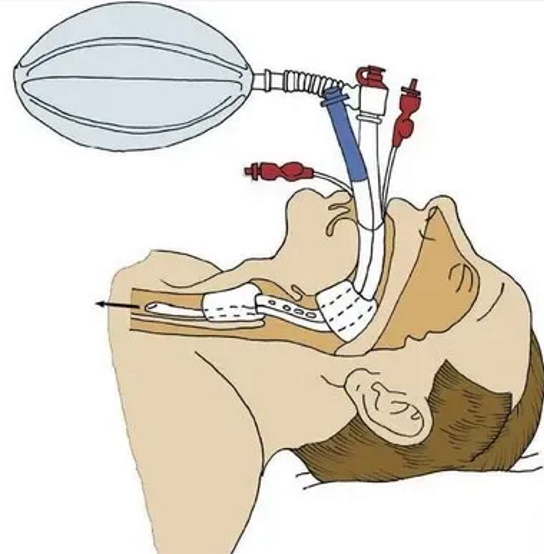
- non-invasive - with a respiratory mask.

The mixture is supplied from:
- gas system of a medical institution;
- mini compressors;
- compressed air cylinders;
- oxygen generator.
The mixture should be heated to the set temperature with the required humidity.
In what cases does it apply
- with pathological rhythms or the rapid development of a violation of the respiratory rhythm;
- with apnea - cessation of spontaneous breathing;
- with rapid breathing (over 40 times / min), which is not associated with hyperthermia (more than 38.5 ° C);
- with increasing hypoxemia and / or hypercapnia.
Basic modes
1. Forced - the patient's activity does not in any way affect the functioning of the apparatus, since there is no spontaneous breathing, ventilation of the lungs is carried out according to the specified parameters
Respiratory cycle control method:
- volume control (CMV) - minute ventilation does not exceed the set values. However, due to the lack of control of inspiratory pressure, the air flow through the lungs is not evenly distributed, which increases the risk of barotrauma;
- pressure regulation (PCV) - provides uniform ventilation without guaranteed tidal volume. When the set value is reached, the device stops supplying air and switches to exhalation.
2. Forced-auxiliary - the combination of natural and apparatus breathing, synchronized (SIMV) with each other according to a certain number of breaths set by the doctor.
Synchronization is performed by a starting device - a trigger, which can be of three types:
- by volume - an alarm is triggered when a set air volume is supplied;
- by pressure - response to a decrease in values;
- by flow - an alarm is triggered when the air flow changes.
3. Auxiliary - forced artificial ventilation of the lungs is completely excluded, the device is synchronized with the patient's natural breathing and provides him with support:
- pressure (PSV) - creating a positive value on each breath to support natural breathing;
- volume (VS) - supply of a given volume of air when trying to inhale with automatic switching to exhalation;
- the creation of constant positive pressure (CPAP);
- compensation of the resistance of the endotracheal tube (ATC).
Classification
Types of equipment according to the current standard GOST 18856-81.
Scope of application
1. General purpose - for anesthesiology and resuscitation, in postoperative wards for respiratory care for patients of any age, short-term or long-term.

2. Special purpose - to revive newborns, provide emergency assistance to victims of accidents or cataclysms, carry out anesthesia or bronchoscopic surgery.

Patient age
1. I-III groups - patients over 6 years old;
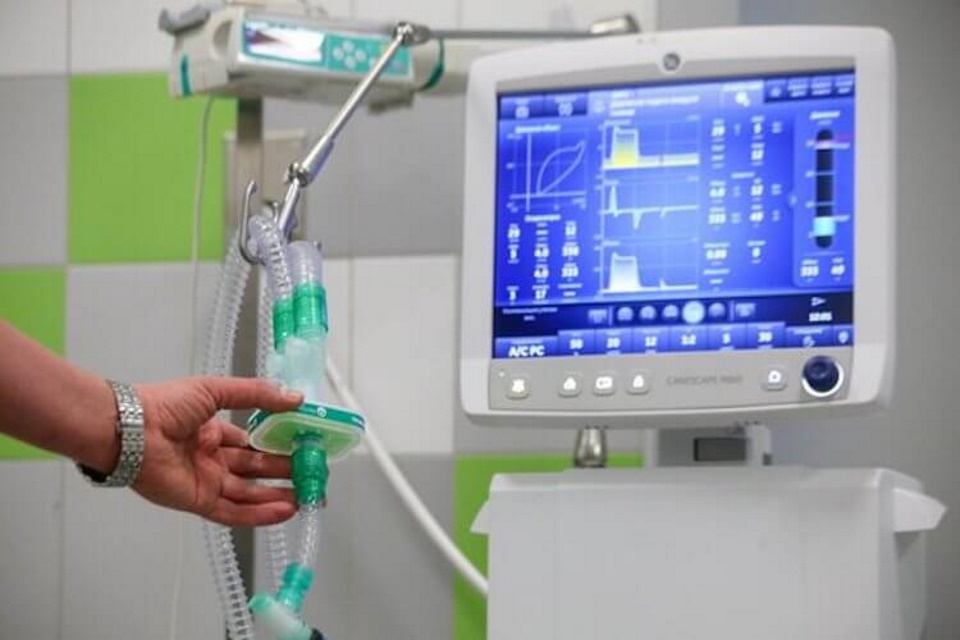
2. Group IV - children from one to six years old;
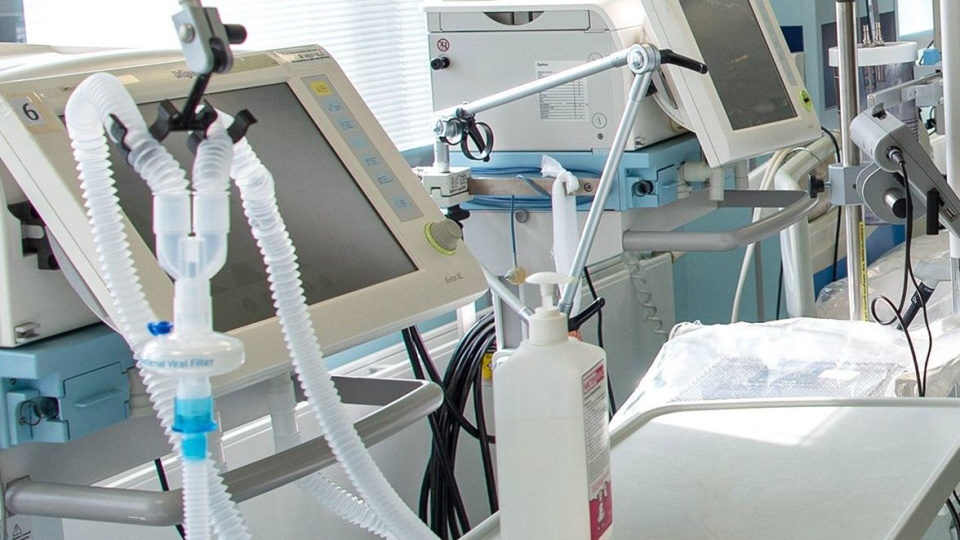
3. Group V - babies under one year old.
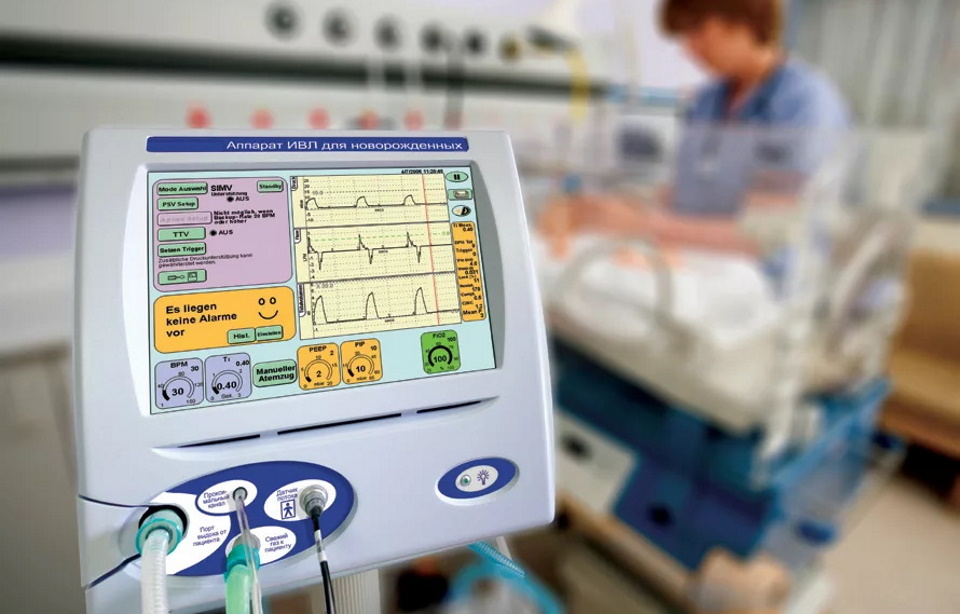
Mode of action
- Internal.
- Outdoor.
- Electrostimulators.
type of drive
- Manual - actuation using the musculature of the operator. Used in the event of a malfunction of the main equipment as a backup option.
- Electric - Connected to an external power supply for use in an emergency car, medical facility or at home. You can receive and organize information about the patient's ventilation modes. However, the complexity of the design and noise create some inconvenience.
- Pneumatic - autonomous use without external energy sources with the supply of a compressed gas mixture from external or internal devices.
- Combined - electric control, and air supply to the patient's lungs from an external source, which simplifies the design of the device and ensures compactness.
Purpose
1. Stationary.

2. Mobile (transportable).
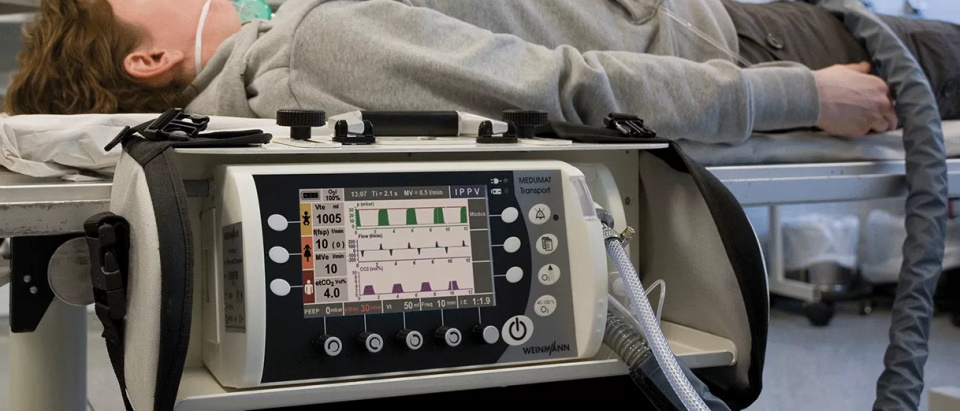
Control unit type
- Intelligent (microprocessor-based).
- No microprocessors.
As a separate class of equipment, jet HF devices are distinguished to support the high-frequency cycle (more than 60 r / min). The risk of barotrauma is prevented by constant pressure monitoring.
Components
Regardless of the manufacturer or model, the structure consists of blocks:
1. Management.
Includes keypad and display for displaying all necessary data during oxygen supply. In older model instruments, respiration rate cycling is determined using a cannula moving inside a transparent tube. They are also equipped with a pressure gauge to control the pressure of the supplied mixture.
2. Executions.
Includes a chamber for mixing purified oxygen with other gases coming from various sources - a microprocessor, cylinder, oxygen generator or central gas pipeline. The gas mixture feed rate is regulated by turning the screw that changes the diameter of the oxygen tube.

What are the main parameters
- The number of breaths per minute.
- Respiratory volume.
- Exhalation and inhalation time.
- Medium pressure.
- The oxygen content in the expiratory mixture.
- Exhalation-inspiration phase ratio.
- Exhaled air volume per minute.
- Ventilation volume per minute.
- The rate of intake of the mixture during inhalation.
- Pause after exhalation.
- Maximum inspiratory pressure.
- Inspiratory pressure at plateau.
- Positive pressure after exhalation.
Criterias of choice
The use of the equipment may be required anywhere at any time. Therefore, the equipment is manufactured convenient for use under any conditions. For example, stationary models are preferred for resuscitation equipment, and portable devices are preferred for mobile teams and emergency vehicles.
In the selection process, it is necessary to comprehensively analyze the features of the functionality and ease of management. The most important criterion is the type of compressor, so that it is lightweight, quiet and compact.
A prerequisite should be equipping with a sensor for signaling a decrease in the permissible mixture temperature, pressure surges or power outages, so that medical personnel intervene in a timely manner and save the patient's life.
The availability of the backup ventilation function from the built-in self-contained batteries must provide energy supply for at least an hour in case the main power source is turned off. Moreover, this may be necessary in the case of transporting a patient on mechanical ventilation to another place.
For neonatal equipment, the following modes should be provided:
- with inflation of the lung cavity;
- controlled, trigger;
- intermittent and mixing air mixture;
- manual.
Timeliness and quality of artificial lung ventilation affect the patient's life!
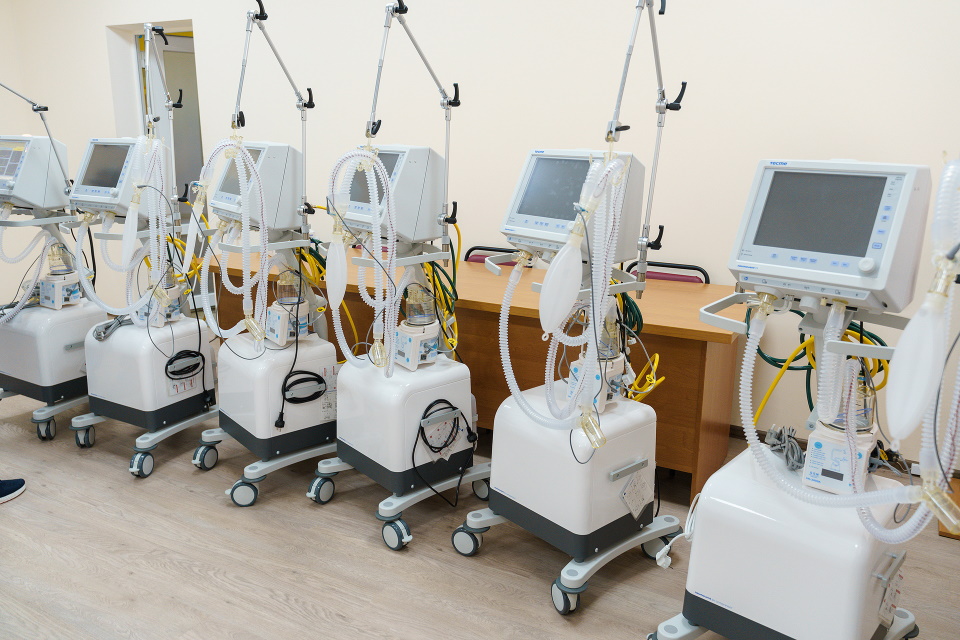
Where can I buy
In ordinary stores, budgetary ventilators are not sold. They should be looked for in retail outlets that are purposefully engaged in the sale of medical equipment, or in the offices of companies that manufacture such equipment. Managers-consultants with special training will competently advise, give valuable advice and recommendations - which company is better to buy, how much it costs, what to look for in order to avoid mistakes when choosing.

In addition, the best models can be ordered online in the online store, where there are many product cards representing descriptions, characteristics and photos of medical products, as well as customer reviews.
Best Ventilators for 2024
The rating of high-quality models of artificial ventilation equipment was compiled on the basis of customer reviews of the largest domestic Internet portals selling medical equipment, such as Bimedis.ru, PromPortal.su, etc. The popularity of the models is due to their versatility, functionality, reliability, ease of use and long service life ... The review presents a rating of ventilators from the best manufacturers with a description and main characteristics, divided into stationary and portable devices according to buyers' opinions. Unfortunately, for various reasons, Russian-made medical equipment was not included in the rating.

TOP-5 best stationary ventilators
Mindray SV300

Brand - Mindray (China).
Country of origin - China.
A portable universal device with a large range of modes and a powerful compressor, suitable for adults and children with respiratory distress. Basic equipment includes a 10.4-inch color touchscreen monitor, transport trolley, respirator mask, holder for breathing circuits, and a set of additional accessories.Equipped with standard functionality, including the latest ventilation modes for supporting patients of different ages with various pathologies, both during transportation and next to the bed. Through six external connectors, data can be stored and shared in several ways. Fast data transfer is ensured by the use of Mindray eGateway technology.

The design allows for installation on a console or bracket, which allows for use in a variety of conditions. Offered on order at a price of 1 million rubles.
- support for up to 12 modes;
- versatility;
- extensive monitoring capabilities;
- volumetric determination of carbon dioxide;
- indicators of weaning from artificial ventilation;
- oxygen therapy;
- compactness and lightness;
- easy setup;
- intuitive interface;
- compatible with Mindray Benelink monitors;
- excellent value for money.
- not identified.
Video review of the device:
Philips Respironics V680

Brand - Philips (Netherlands).
Country of origin - USA.
High-end equipment with an excellent solution for a dual-circuit system for severe patients in ICU and single-circuit non-invasive ventilation. You can easily switch between circuits providing the required therapy at the appointed time, taking into account the characteristics of any patient. Dynamic resistance and elasticity of the lungs in invasive and non-invasive modes with different contours are measured continuously. Supports backup ventilation in case of apnea. Automatic adaptation to the patient's breathing with a high level of synchronization for non-invasive therapy using Auto-Trak + technology. Connectivity to the general hospital network and additional displays.
The built-in battery provides power for four hours, preventing the ventilator from stopping in the event of a power outage or hospital transport of a patient. In emergency operation, the alarm is generated as loudly as possible to immediately alert personnel.
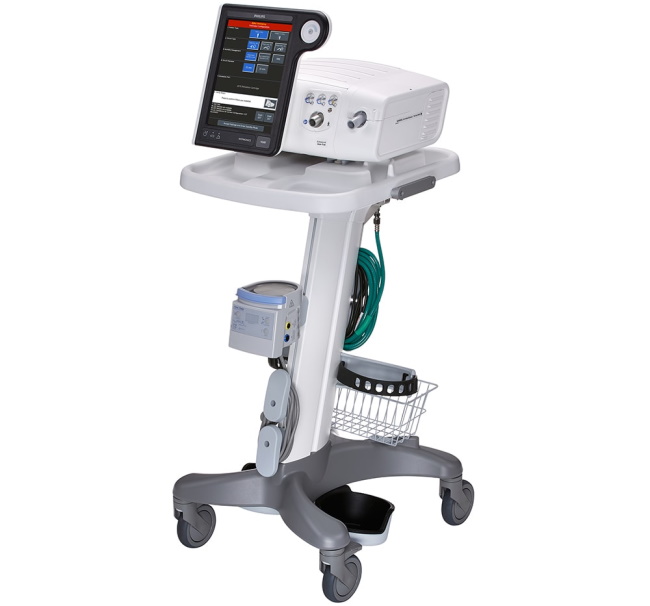
The new device is offered on order at a price of 3.5 million rubles, used from 1.65 million rubles.
- ease of development and operation;
- reducing the likelihood of unwanted pressure surges;
- battery backup for four hours;
- high reliability;
- easy maintenance;
- inexpensive contours;
- the software is automatically updated;
- availability of spare parts;
- ergonomic design.
- high price.
Puritan Bennett 840

Brand - Medtronic (Ireland).
Country of origin - USA.
Expert grade equipment to support natural breathing for patients of all ages and weights for hospitals and clinics. The equipment is equipped with a large touchscreen Dual View display with a Russian version, two microprocessors and an efficient pneumatic system. Uses unique PAV + technology solutions to manage patient breathing with high adaptability to the needs of patients with pressure support (PSV) modes. The ideal weight function simplifies the management process after setting the patient's weight.
It can be easily upgraded and improved with additional options depending on the needs. Modular design for easy service. Installed by the SmartAlert alarm system.

It is offered at a price from 1,153,840 (used) to 2,180,290 rubles.
- high sensitivity to changes in the patient's breathing;
- inspiration support accuracy;
- a wide range of monitored parameters;
- intuitive interface;
- simple control;
- with the function "ideal weight";
- high reliability;
- durable body material;
- economical operation.
- not detected.
GraphNet

Brand - Neumovent (Argentina).
Manufacturer - TECME S.A. (Argentina).
Versatile ventilator with nCPAP and capnography functions. Manufactured with the latest technology in accordance with strict quality standards with a wide range of regimens for patients of all ages.In production, the latest innovations in pneumatic and electronic program control and design are used. It is characterized by excellent clinical parameters and reliability. Simultaneous setting of alarm limits and parameters, control of pressure, flow and volume curves, volume-pressure and volume-flow loops are provided by a 2 MB video processor and a 12.1-inch SVGA color monitor. Equipped with built-in oxygen monitor, nebulizer and rechargeable battery for two and a half hours. Designed for an average of seven years of operation.

The popular models advance, neo, ts, ts / neo are available for all ages, for newborns only, as well as for adults and children with a newborn option. The average price is 2,244,000 rubles.
- the most advanced functionality with a wide range of respiratory support modes;
- high-precision gas injection system;
- large graphic display;
- a complete set of respiratory mechanics;
- ergonomic design;
- a wide range of alarms;
- ease of learning;
- economical operation;
- pneumatic drive;
- excellent value for money.
- not detected.
Drager evita xl

Brand - Dräger (Germany).
Country of origin - Germany.
Universal system of German production with a wide range of modes. Suitable for children and adults for mechanical ventilation using tracheostomy and endotracheal tubes. Effective options available for mask ventilation and newborns. A wide range of features combined with advanced functionality ensure excellent performance by selecting the best parameters. Provides for a simplified process of weaning from the device with the optimization of the work of medical personnel.
Non-invasive ventilation is possible in all modes. The advanced Dynamic Leak Replenishment function is provided by the NIV plus mask technology, adapting the trigger with a stable tidal volume.
The equipment is additionally equipped with a 15-inch TFT color monitor with six configurable displays. The presence of interactive tips helps in working with the equipment. Data export is carried out through the RS-232 port using the MEDIBUS protocol. In case of failures and violations, visual and audible alarms are activated. Continuity in extreme situations is supported by a built-in battery. Product weight 29 kg, dimensions 53x31.5x45 cm.

It is offered at a price from 584 616 (used) to 4 457 000 rubles.
- equipping with remote control;
- a wide range of operating modes;
- detection of spontaneous breathing;
- application of NIV Plus technology;
- large touchscreen monitor with convenient display of curves and graphs;
- intuitive interface;
- the presence of interactive tips;
- possibility of transportation on a compact cart;
- built-in port for pneumatic inhaler;
- high reliability.
- compressor required.
TOP 5 best portable ventilators
ReSmart BPAP GII T-30T

Brand - BMC (China).
Country of origin - China.
Compact model for non-invasive ventilation. Special triggers provide eight-step recognition of the process of exhalation and inhalation. Separate adjustment of each allows the most accurate synchronization of medical automation with the needs of the body. The five adjustment levels of the humidification system further optimize the performance The device is easy to configure, it can be quickly switched between different types of treatment, regardless of the number of patients and the complexity of the disease. An individual breathing pattern is set by adjusting the inspiration time, respiratory rate. The air volume is determined automatically. Provides a smooth exit to therapy mode.
All parameters can be written to SD card. Data is transferred via iCode and WiFi. Saturation and pulse oximetry connections are available.

You can buy at a price of 149,000 rubles. The warranty period is 12 months.
- automatic compensation for mask losses;
- automatic pressure normalization;
- compactness;
- noiselessness;
- color 3.5-inch display;
- mask disconnect and power off alarm;
- ease of maintenance.
- there have been cases of allergic reactions;
- If air leaks, the noise level may increase and prevent sleep.
Prisma25ST

Brand - Weinmann (Germany).
Country of origin - Germany.
Compact model for non-invasive ventilation, allowing the treatment of obesity hypoventilation, complex sleep apnea. The monitor with the TouchScreen function has Russian-language settings. At the first inhalation, the device automatically starts, removing the mask, shutdown after five seconds. Leak rates and incorrect mask placement are shown on the display for correction. Comfort is also ensured with a 0.4 liter humidifier with heating function. In the absence of water, the humidifier switches off. Software with Russian version.
The mobile kit includes the main device, a battery for continuous operation for 20 hours, a bag and a trolley to take the device for a walk.

Sold at a price of 189,000 rubles. Two-year warranty.
- wide pressure range;
- flexible adjustment of therapy due to a variety of parameters;
- automatic backup frequency for added security;
- high-resolution touchscreen monitor;
- silent work;
- humidifier with a capacity of 0.4 liters;
- simple and comfortable operation;
- "Soft start" and gradual pressure increase;
- self-checking by the patient of the mask fit;
- software in Russian;
- high-quality manufacturing;
- light weight;
- ergonomic design;
- compactness;
- excellent value for money.
- if the mask covers most of the face, panic attacks can occur in persons suffering from claustrophobia;
- without the support of invasive therapy;
- no built-in battery.
Video - clearly about the use of the device:
Puritan Bennett 560

Brand - Medtronic (Ireland).
Country of origin - USA.
Compact model for continuous long-term or intermittent mechanical support of patients in hospital or at home, as well as during transportation. Suitable for adults and children weighing at least five kilograms who require invasive or non-invasive ventilation. Long-term operation up to 11 hours is provided by the internal lithium-ion battery. The correct mode is established with the automatic valve detection function. Alert system and linked modes reduce the risk of setting incorrect parameters. Inspiratory force is reduced by a sensitive and adjustable flow trigger. The data is saved on a USB stick.

You can buy at a price of 550,000 rubles.
- compactness;
- versatility;
- light weight;
- easy setup;
- easy control;
- modern software with Russian-language support;
- low noise level;
- the ability to connect to a wheelchair;
- detection of apnea;
- battery life indication.
- small display;
- limiting to five kilograms of patient weight;
- high price.
Video review of the device:
VENTIlogic Plus

Brand - Weinmann (Germany).
Country of origin - Germany.
Versatile model for non-invasive and invasive ventilation with various monitoring options. The device is equipped with eight sensitivity levels, separate for exhalation and inhalation. Increase pressure at six speed levels, depressurise on a leaky circuit at six speed levels, and on a valve circuit one level. Equipped with two batteries - external for six hours and built-in for three hours of operation.

Official dealers offer at a price of 608,000 rubles.
- comfortable use due to extensive functionality;
- control with a rotary knob;
- graphic demonstration of parameters;
- safety thanks to the built-in battery and the system of audible and visual alarms;
- sensitive monitoring;
- night mode;
- remote control;
- high quality workmanship;
- Leakage compensation with high flow dynamics up to 300 liters per minute, ensuring constant pressure.
- small display;
- high price.
Video demonstration of the device:
BiPAP S / T System One

Brand - Philips (Netherlands).
Country of origin - Philips Respironics (USA).
Compact model for non-invasive ventilation with a simple user interface. Heated Tube technology adapts the moisture level. One system, System One, integrates all respiratory support accessories. Patient breathing is synchronized with the ventilator using Digital AutoTrak Leak Detection Technology. The thresholds for switching the phases of breathing and triggering are automatically adjusted.

- wide pressure range with separate adjustment of breathing phases;
- automatic inclusion with a deep breath;
- automatic shutdown after removing the mask;
- low noise level 27 dB;
- large amount of internal memory;
- detection of events using an improved algorithm;
- improved resistance control;
- sound signal in case of accidental removal of the mask;
- internal memory for recording up to three months;
- the connection pipe rotates 360 degrees.
- some time getting used to the mask;
- if the belts are incorrectly adjusted, rubbing of the skin and crushing at the contact points may occur.
If a patient who has stopped breathing on his own is not connected to the device, then the internal organs will not receive the required amount of oxygen. Then the heart stops beating, blood circulation stops, and the person dies. He can only be saved by the timely and high-quality use of mechanical ventilation equipment, significantly increasing the chances of survival.
However, ordinary customers are better off not worrying about how to choose and where to buy modern ventilators in Russia. Conscientious sellers and the best manufacturers interact exclusively with government procurements, legal entities and directly with medical institutions. In the "gray market", there is a high probability of running into crooks selling, under the guise of ventilators, varieties of completely different equipment that will not help save a person's life.
Take care of yourself and your loved ones!
new entries
Categories
Useful
Popular articles
-

Top rating of the best and inexpensive scooters up to 50 cubic meters in 2024
Views: 97661 -

Rating of the best materials for noise insulation for an apartment in 2024
Views: 95021 -

Rating of cheap analogues of expensive medicines for flu and colds for 2024
Views: 91750 -

The best men's running shoes in 2024
Views: 87680 -

Top ranking of the best smartwatches 2024 - price-quality
Views: 85091 -

Best Complex Vitamins in 2024
Views: 84801 -

The best dye for gray hair - 2024 top ranking
Views: 82406 -

Rating of the best wood paints for interior use in 2024
Views: 77201 -

Ranking of the best action cameras from China in 2024
Views: 75268 -

Rating of the best spinning reels in 2024
Views: 74827 -

The most effective calcium supplements for adults and children in 2024
Views: 72462 -

Top rating of the best means for male potency in 2024 with a description
Views: 68295


